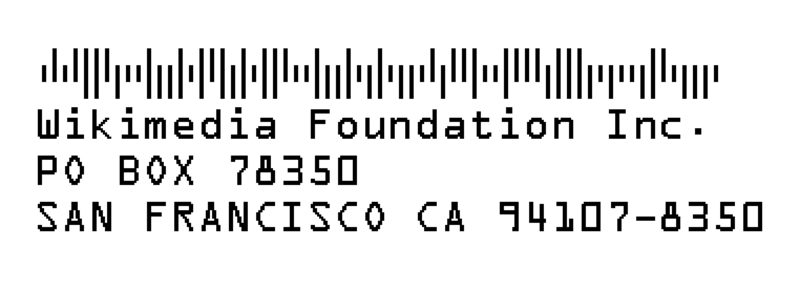The History of ZIP Codes: Understanding the U.S. Postal Code System
Posted On:
Introduction
ZIP codes, a common aspect of addresses in the United States, are a key part of the country's mail distribution system. They help ensure that mail and packages are accurately and efficiently delivered to millions of locations throughout the country. But what is the story behind these vital numeric codes? To understand, we need to journey back to the early days of the U.S. Postal Service and the emergence of the ZIP code system.
Pre-ZIP Code Era
The concept of a postal code system dates back to the 19th century. However, the need for an organized system became apparent during the Second World War. With an increase in mail due to the war effort, sorting and delivering mail became more complex, demanding a more structured approach.
In 1943, postal zones were introduced in 124 larger cities across the U.S. The system was simple: a one or two-digit number was used as a suffix to the city name, indicating a specific geographical area within the city. For example, an address in New York might read "New York 15, NY", with "15" denoting the postal zone within the city.
Introduction of ZIP Codes
The term "ZIP code" was first introduced in 1963 as an acronym for Zone Improvement Plan. The idea was that improving and extending the existing zone system would accelerate handling and delivery of mail. Postmaster General J. Edward Day implemented the five-digit ZIP code system, which expanded on the previous zoning system and allowed for further regional differentiation.

The first digit of the ZIP code represents a group of U.S. states, from 0 for the Northeast to 9 for the far West. The following two digits stand for a central post office facility in that region. The final two digits refer to the area's postal zone or a local post office. For instance, the ZIP code 90210 signifies that the area is in the western region (9), is sorted through a central facility in California (02), and is specifically linked to Beverly Hills (10).
ZIP+4 System
The five-digit system functioned efficiently for nearly two decades, but as population density increased and mail volume grew, further improvements became necessary. In 1983, the U.S. Postal Service introduced the ZIP+4 system, adding four extra digits to the original code. The additional digits offered a higher level of precision, indicating a specific group of addresses, an individual high-volume receiver, or a specific PO Box.
Barcode Integration
In the late 1980s, the USPS started using an optical scanner to sort mail. This led to the introduction of the POSTNET (Postal Numeric Encoding Technique) barcode, a series of long and short bars used to represent digits in the ZIP code. These codes could be rapidly read by a machine, improving the speed and accuracy of mail sorting.

Later, in 2009, USPS replaced the POSTNET system with the Intelligent Mail barcode, a more data-rich system. This allowed the postal service to track individual letters and packages throughout the delivery process.
Some Fun Facts About ZIP Codes:
- The word "zip" here is an acronym for Zone Improvement Plan, hence why it is written in all caps
- The first ZIP code was 00001, which was assigned to the General Post Office in New York City
- There is no 00000 ZIP code
- The highest ZIP code in the United States is 99950, which is assigned to the town of Ketchikan, Alaska
- There are over 42,000 ZIP codes in the United States
- ZIP codes, in various forms, are used in over 100 countries around the world
The Future of ZIP Codes
ZIP codes are likely to continue to be used for many years to come. However, there are some changes that could be made to the system in the future. For example, some people have suggested that ZIP codes could be expanded to include more digits. This would allow for more precise location information, which could be useful for things like package delivery and emergency services.

Another possible change is that ZIP codes could be made more flexible. For example, they could be used to designate different types of businesses or organizations. This would make it easier for people to find the businesses and organizations they are looking for.
Others have come up with alternatives to ZIP codes, but none have gained significant traction yet. What3words for example, can pinpoint any location on earth to a resolution of 9.8 feet (3 meters) using only three words. However, it hasn't seen widescale adoption, and does have a few drawbacks. The biggest is that it is proprietary technology.
Only time will tell how ZIP codes will evolve in the future. However, it is clear that they will continue to play an important role in the US mail system for many years to come.
Closing Thoughts
Today, the ZIP code system remains crucial to mail delivery within the United States. From their introduction in 1963, ZIP codes have evolved to meet the growing demands of an increasing population and technological advancements. They have moved beyond just being a postal code, becoming an integral part of geographical identification, demographic analysis, and even marketing strategies. The ZIP code's history reveals a story of continuous innovation and improvement, reflecting the ever-changing landscape of communication and logistics.